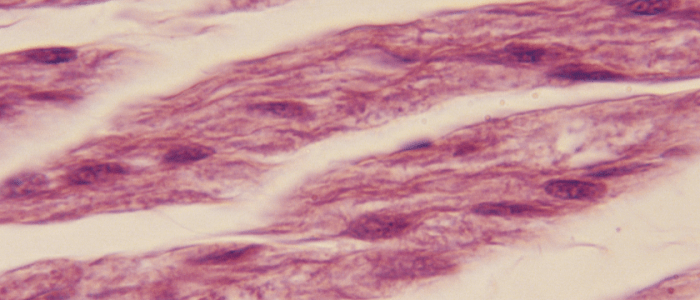Nanostimulators increase muscle repair capability of stem cells

Adipose-derived stem cells combined with nanostimulators could be used to promote repair of muscles in ischemic injury.
Researchers from the University of Illinois (IL, USA) have developed a nanostimulator — nanoparticles laced with tumor necrosis factor alpha (TNF-alpha) — that binds to receptors on the stem cells and prolongs their active time, increasing tissue repair. Ischemia can be caused by limb injury or peripheral artery disease, whereby the muscles are starved of blood flow, nutrients and oxygen. Stem cells have been used to treat ischemia by supporting regeneration of vascularization; however, they are limited by a short activity time once injected into the body.
The study has demonstrated promising results in mice and the team hope to study the long-term effects of the stem cell technology in humans.
For the full story please visit our sister site, The Nanomed Zone, here.
Sources: Leong J,¯Hong Y-T,¯Wu Y-F et al. Surface tethering of inflammation-modulatory nanostimulators to stem cells for ischemic muscle repair. ACS Nano. doi:10.1021/acsnano.9b04926 (2020) (Epub ahead of print); https://news.illinois.edu/view/6367/808373